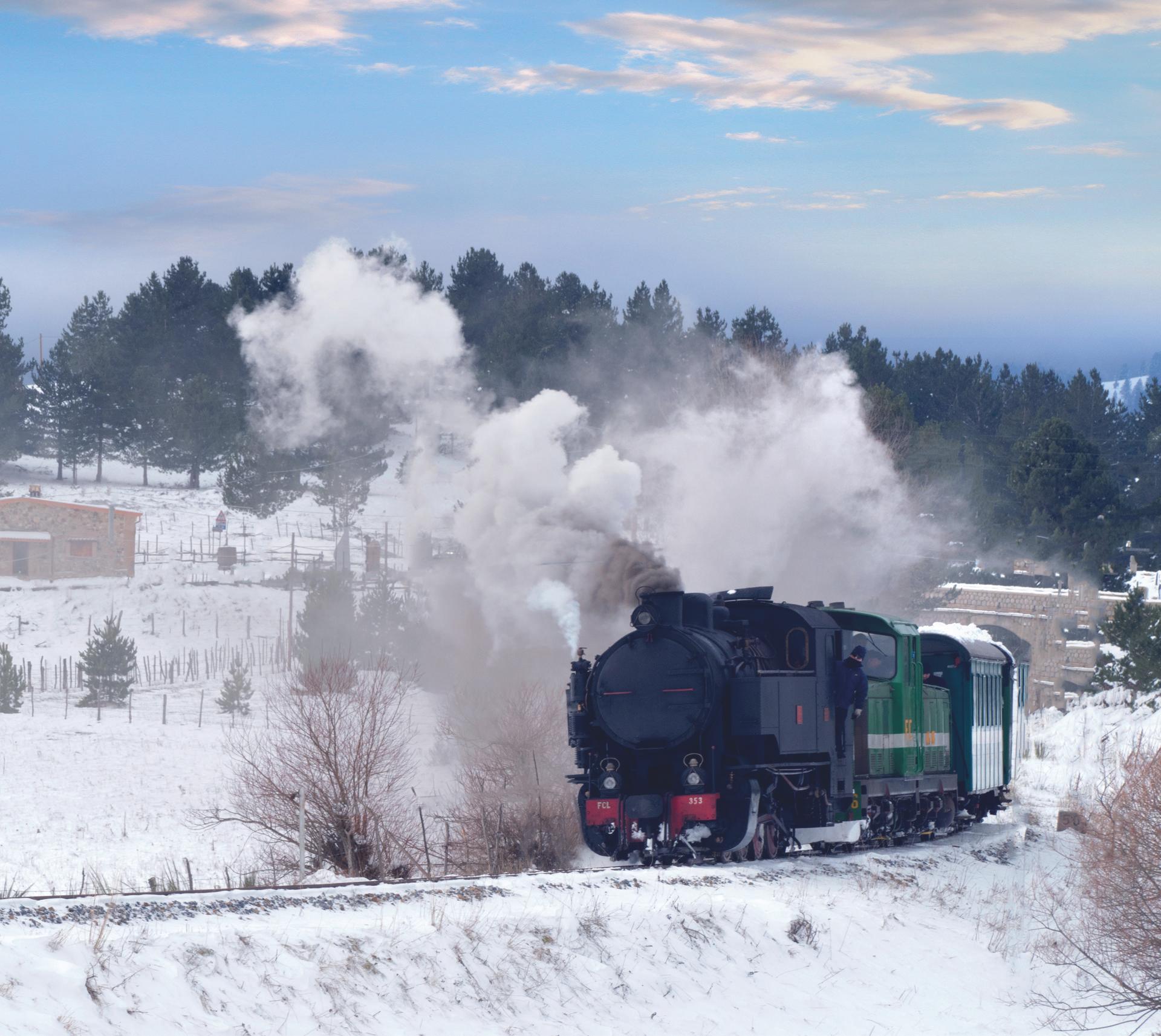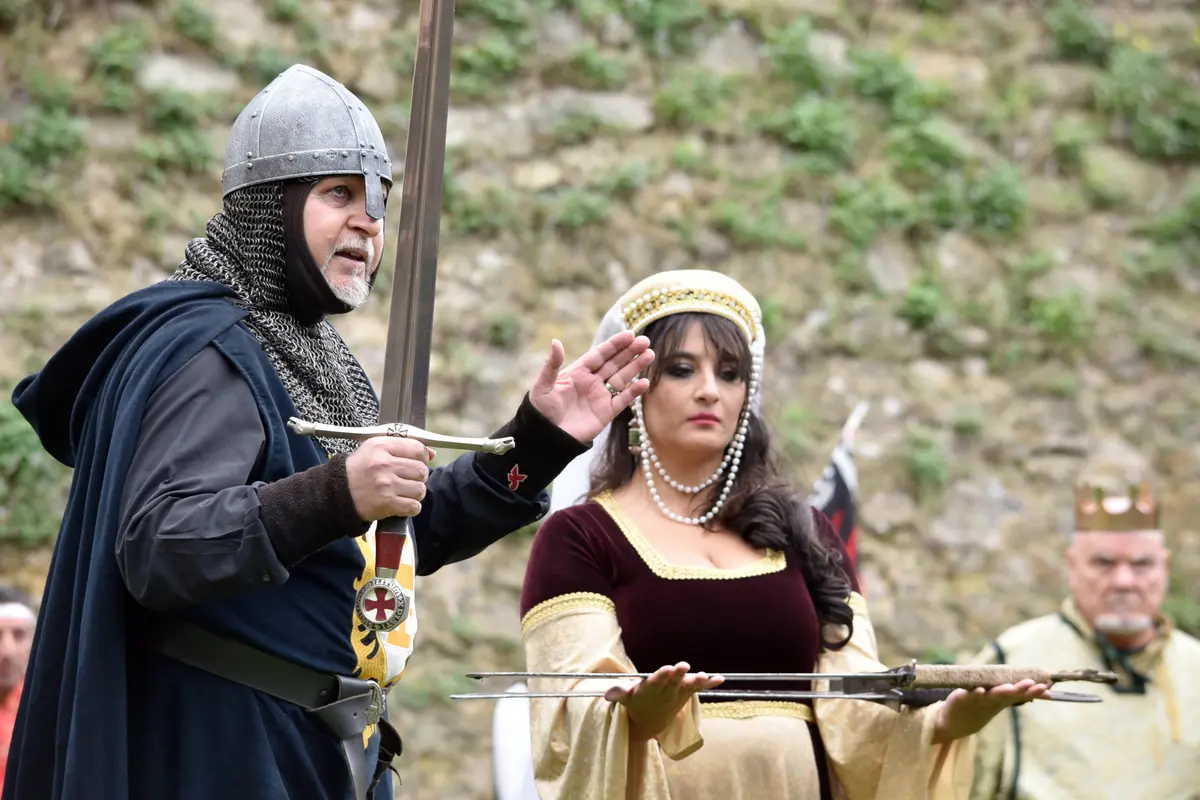Itinerary through the villages of the Sila
Art, history and nature in the most beautiful villages of Sila National Park
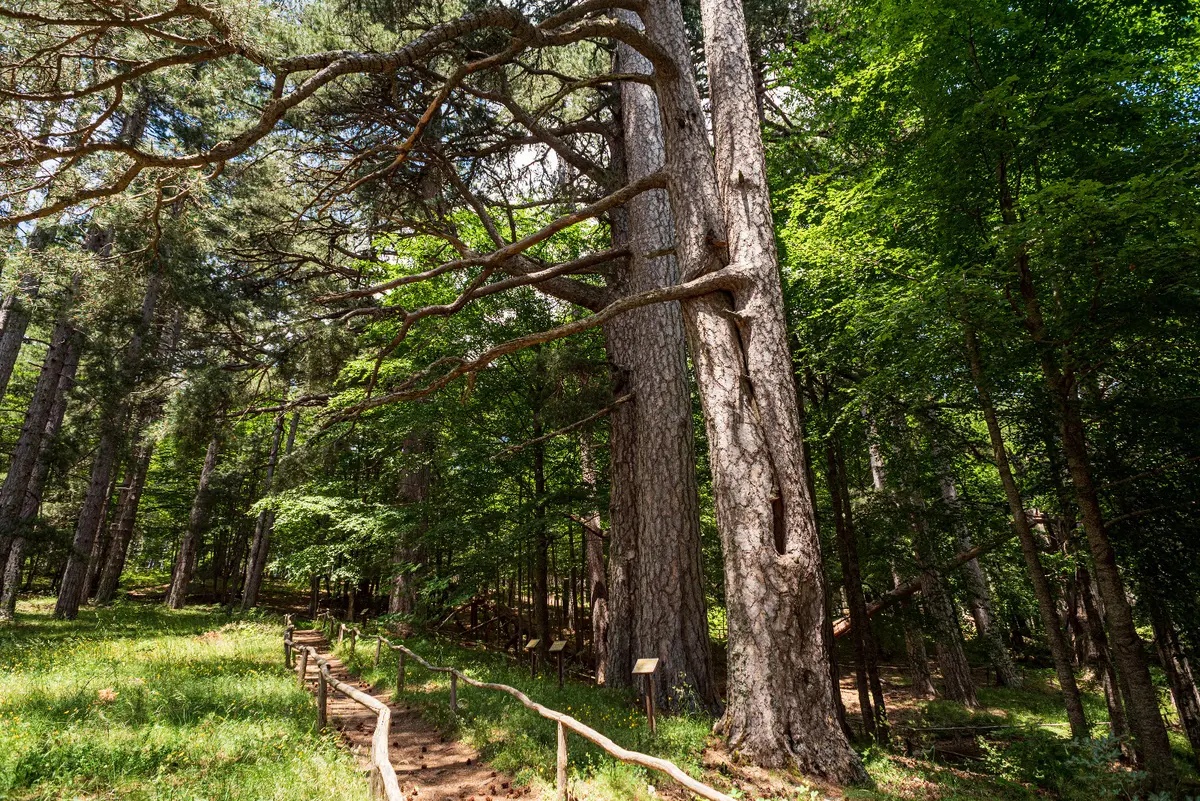
Naturalistic
Giganti della Sila - Regione Calabria
Travel information
Category
Naturalistic
Target
For all
Welcome to an itinerary through the main villages of the Sila, combining visits to historic centres with the charm of the woods and unspoilt nature of the Sila National Park. The park covers 19 municipalities and three provinces: Cosenza, Catanzaro and Crotone. The villages of the Sila are perfect to explore in all seasons of the year, by car, motorbike or bicycle, crossing the Sila section of the Parks Cycle Route. Whether it's an excursion along the Sila Trails or simply a "slow" day enjoying local traditions and food and wine, the villages of Sila welcome you with open arms, especially during festivals such as the Sila Potato PGI, the most popular autumn festival. What are you waiting for? Set off to discover the villages of Sila on an itinerary to suit all tastes!

The Ducal Castle and the Codex Purpureus

The village of Padula and of the Blessed Angelo

The village of textiles and silver

Between murals and astronomy
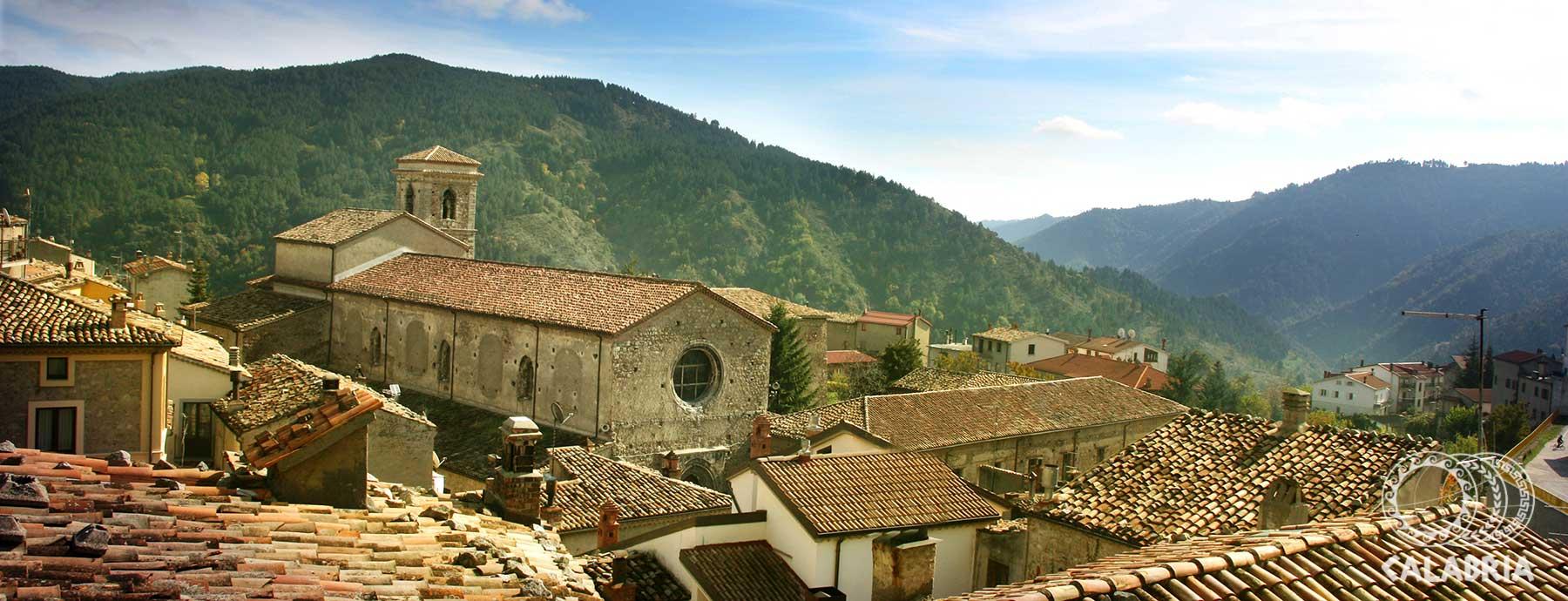
The Florense Abbey and the Joachimite sites

A dive into street art

City of Oil and of the Timpe Rosse Canyon
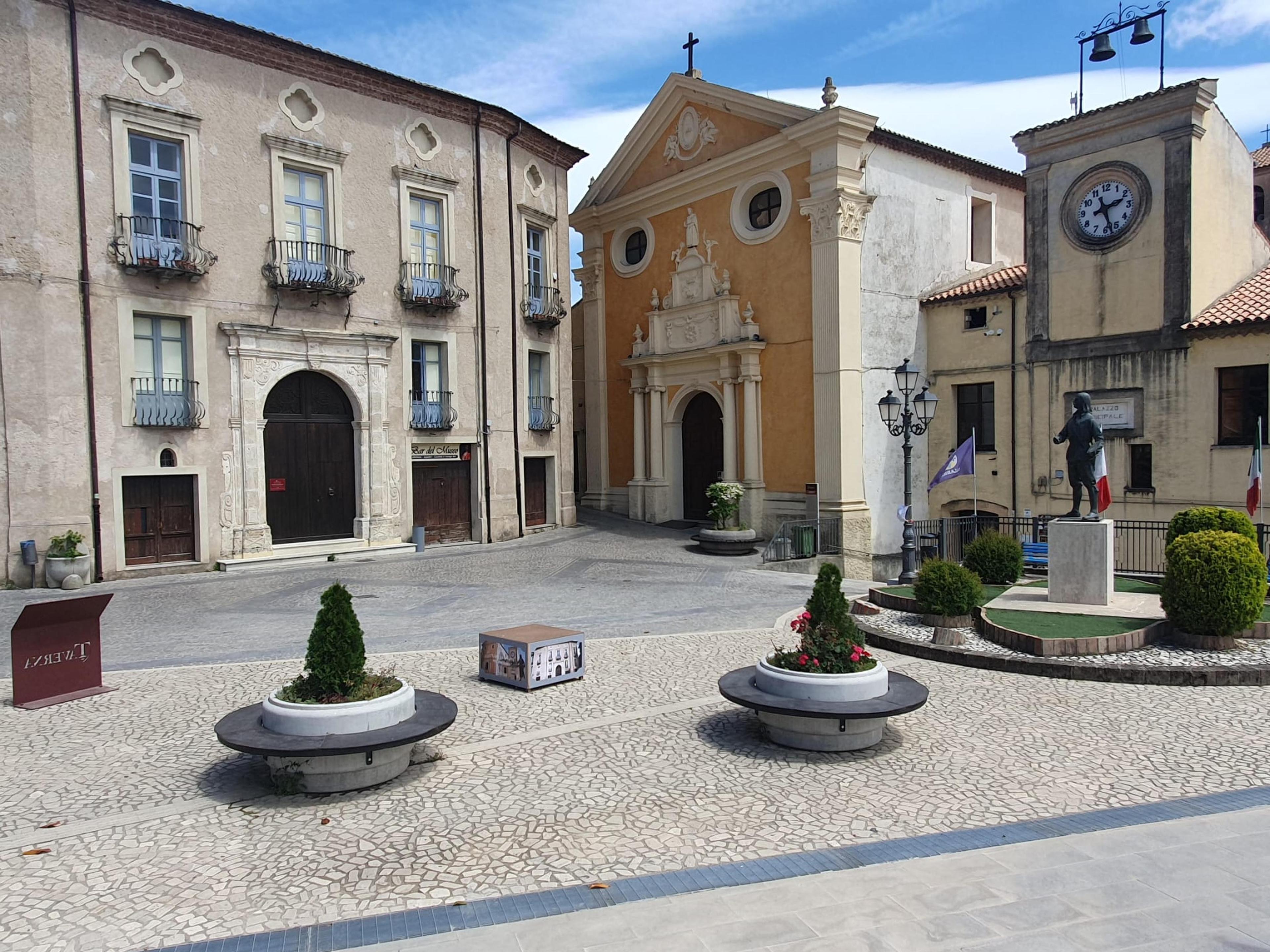
The village of Mattia Preti
Franciscan site and ski resort
